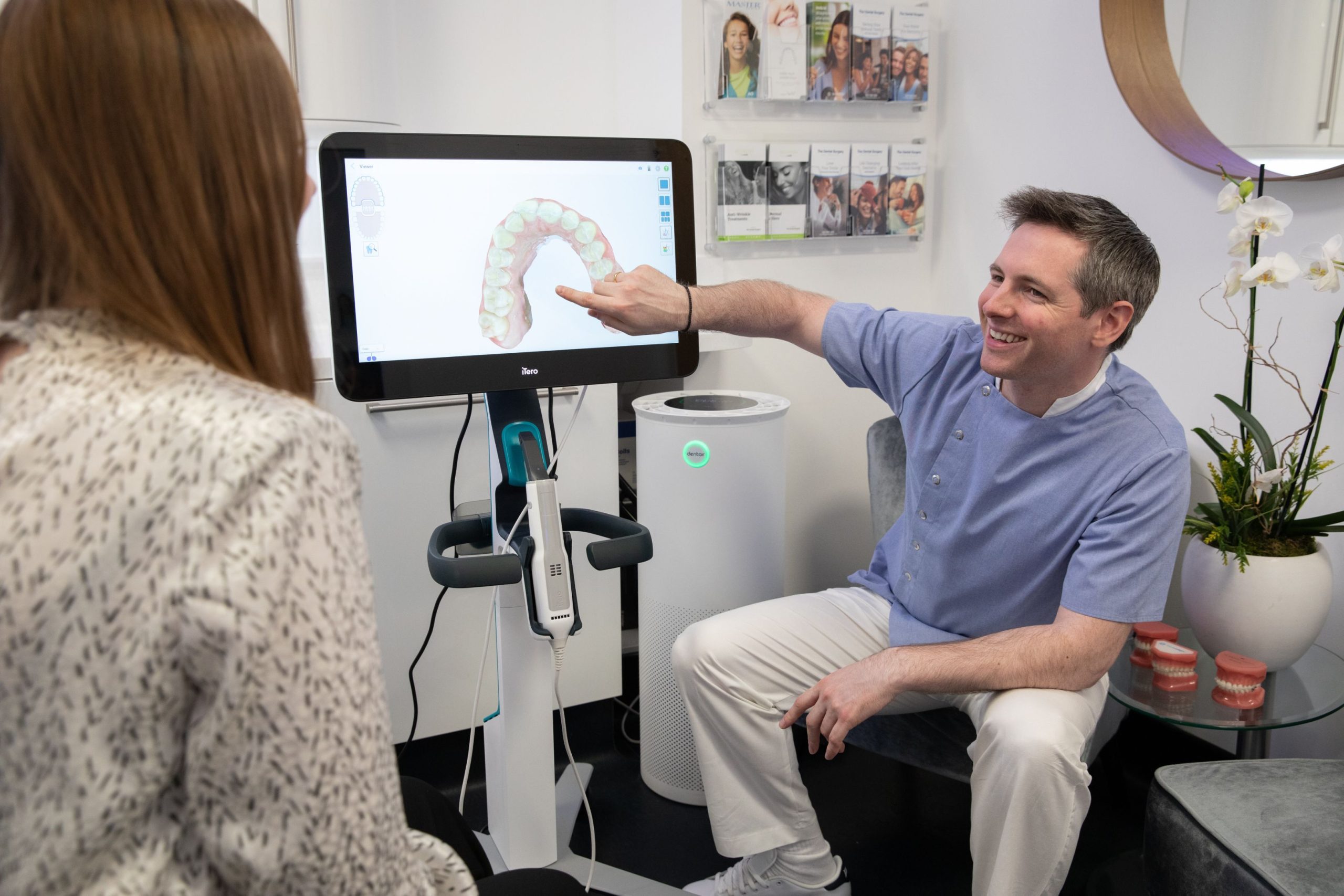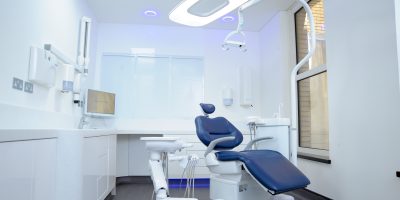- Categorised as:
- Teeth Straightening
Braces, Tooth Extractions and Modern Orthodontics
Patients who require braces are often advised that the extraction of teeth is necessary prior to starting treatment – however, within private orthodontics, the overriding opinion is that extractions should only be performed if essential.
The reasons for recommending extractions are logical, but that does not always mean they are the best course of action.
If the patient has overcrowding, removing teeth, often premolars, would seem to help by creating space within the mouth.
Braces could then be fitted and the remaining teeth moved into a position where they are more evenly spaced.
The extraction of teeth prior to braces being fitted can lead to a reduction in the time the patient has to spend wearing braces.
It is also a method of treatment that is effective in that it may resolve the issues of overcrowding and realign the remaining teeth.
In some cases, there would be no argument that an extraction was the right course of action prior to braces being fitted.
If any teeth were decaying they might lack the strength for braces to be fitted or if overcrowding was severe the need to create space in the mouth might leave no other option.
This could be the case with protruding front teeth – they need the space to move back in line and this might only be possible via an extraction of teeth further back in the mouth.
Tooth Extraction And Braces – Long-Term Considerations
At other times, extractions are used when other options could have been explored, at the Dental Surgery, we believe the aim should always be to save healthy teeth wherever possible.
The fact the extraction may be removing healthy teeth is one of the negatives to consider when extractions are recommended, the teeth being removed were meant to be serving a purpose.
Often the teeth removed are the premolars, yet these perform the task of further breaking food down after the initial work by the molars.
Removing premolars places an inevitable increased strain on the canine teeth, teeth that have a clear tendency to suffer from erosion, losing both their shape and their functionality.
Having teeth extracted can also have longer-term implications and the more teeth you have removed the greater the potential implications.
Having teeth removed has the effect of changing the facial structure of the patient, potentially pulling the mouth back and slightly flattening the face.
As the patient then ages, this could manifest itself in flatter cheekbones and thinner lips, prematurely ageing them.
The extraction might have had some shorter term benefits for the patient in their childhood including less time wearing braces, but then led to other problems in their 40s, 50s, 60s and beyond.
Removing teeth also changes the area within which the tongue is contained, in some cases the patient can start pushing their tongue into their front teeth as they swallow, potentially creating new alignment problems as the front teeth are slowly pushed out of position.
Snoring can be another unwanted after effect of the extraction, the tongue falling back towards the throat and restricting airflow – the problems of snoring go well beyond the noise, conditions such as sleep apnea are far more common in snorers in later life.
Despite the considerations with extractions, please do not think this is us suggesting that there is no place for extractions to accompany braces.
Instead, as with all modern private orthodontic practices, we simply want any patient, or parent to have all the information.
While extraction used to be an almost automatic option – a patient had an issue with overcrowding, an extraction prior to braces was the remedy – those trained more recently prefer to explore other options.
The move away from extractions
There is also often a difference between the treatment on the NHS and private practices.
The NHS service is wonderful, but extractions are a more common option than when the patient has the ability to go private.
A private practice would look at other options such as palate widening – as the name implies, this creates extra space within the palate so the teeth have space.
It is the opposite to removing teeth so they fit in the existing, insufficient space.
Palate widening is most commonly used with children as the bone has not yet fully fused, however, there are options for adults too.
An orthodontist might recommend a treatment such as Damon Braces – these move the teeth very slowly and allow time for new bone to be built.
In a more severe case, a slow expansion device could be used to create additional space in the upper jaw; the upper jaw is key to overcrowding issues as it sets the template for the lower teeth to then marry with.
Processes such as Damon Braces or jaw expansion coupled with braces can add to the overall length of the treatment when compared to having an extraction followed by braces.
That can lead to natural concerns, potential patients worried about wearing braces for a day longer than is absolutely essential.
To counter that, we would point out two things.
Either way, the process will never be quick and having a treatment that takes a bit longer but does not have the potential long-term side effects of a non-essential extraction would seem to be prudent.
There would be a lot of years to regret having an unnecessary extraction if it led to additional dental treatments and health implications in later life.
Secondly, braces are not as obtrusive as was once the case. Braces can often be fitted to the inside of teeth, while another option is ceramic braces with white arch wire, making them far less visible.
Invisalign
Another option could be Invisalign, these are a series of retainers, changed at regular intervals to facilitate the next portion of realignment.
Invisalign retainers are, as the name implies, almost invisible to the eye and likely will go unnoticed by the person the wearer is talking to.
For anyone considering braces and potential extractions to correct dental issues, we would recommend speaking to an orthodontist and talking through the available options.
If they recommend extractions, ask whether other processes might not be suitable or seek out a second opinion, this is also an opportunity to question them on the potential longer-term implications of having an extraction – the subtle change to facial aesthetics and potential sleep issues among them.
More questions?
If you would like to discuss your options further, please do get in touch with us.
Do you have a specific question?
Get in touch with us today.



